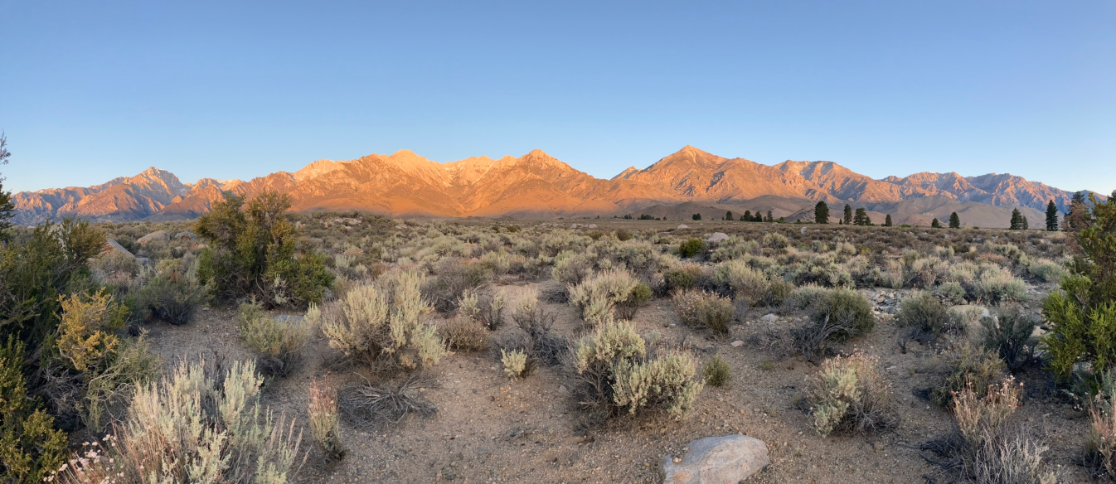Surveying Birds in Arizona's Uplands
/Early in the spring of 2018, we conducted the first season of Arizona Uplands surveys, a project with Arizona Game & Fish as part of a larger study on the impacts of feral burros (donkeys) on Arizona wildlife and ecosystems. Burros were imported to Arizona as early as the 1600s, and eventually established feral populations as they escaped or were abandoned by prospectors in the 1800s. Equids have a different tooth structure than native ungulates, so can have heavy impacts on native vegetation that have evolved for approximately 10 thousand years in their absence. Feral burros can also compete with, and in many cases outcompete, native animals for food and water sources. As such they are the focus of management and study by federal and state agencies. Our goal with these bird surveys is to investigate the impact of burros on breeding bird populations.
Surveys were conducted in two areas, the Havasu Herd Management Area in western Arizona and the Lake Pleasant Herd Management Area north of Phoenix. We surveyed 60 plots in each area, with plots including areas with and without burros, with and without surface water, and other variables taken into consideration.
Over the course of the season in these 120 surveys, we documented a total of 128 bird species. Surveys took us to new areas for all five seasoned surveyors, from Lake Pleasant; Castle Hot Springs; and flats around Wittmann; to the Bill Williams River; Cactus Plain, Buckskin, and Needles wilderness areas; and the difficult to access Mohave Mountains. Once we have obtained a few more years of data, we hope to be able to inform future burro management based on good science.
- Lauren




